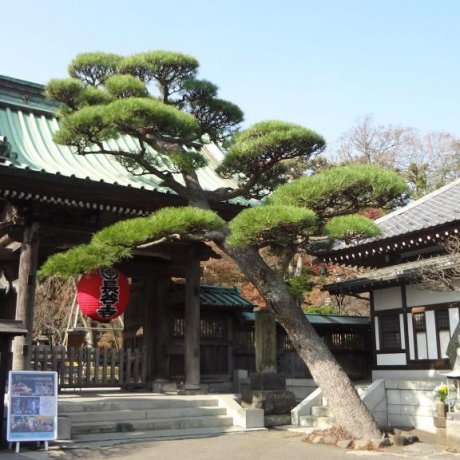
Hase Kannon Temple in Kamakura
Tomoko KamishimaAt Hase Temple, you can take the opportunity to trace a picture of a Buddhist statue, or write Buddhist chants in Chinese kanji..
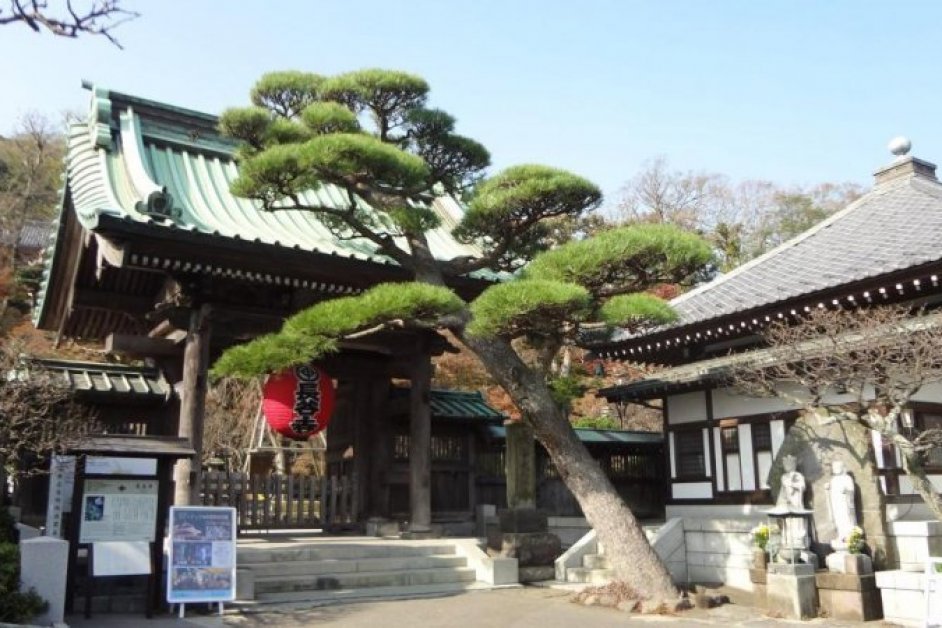
Kamakura’s Hasedera Temple, a sister temple to Nara’s temple of the same name, is renowned for its 11-headed statue of Kannon, the goddess of mercy. This Jodo-sect Buddhist temple is one of the oldest temples in the city and has roots in the eighth century. Legend has it that the monk Tokudo Shonin requested two Kannon statues to be made from a camphor tree in 721. The smaller statue was enshrined at Nara’s temple, while the other one was thrown into the sea as an offering. In 736, the statue washed ashore in Kamakura, and Hasedera was built to enshrine it.
Hasedera’s grounds feature a harmonious display of traditionally designed temple buildings interwoven with lush nature and seasonal flowers, making for a peaceful stroll. Thanks to its elevated position, it also offers wonderful views of Kamakura’s townscape and Sagami Bay.
The temple’s artfully crafted nature is on full display when you first enter the grounds. The welcoming garden features a pond encircled by plants, the small Benten-do Hall, dedicated to the goddess of music and wisdom, and Benten-kutsu Cave, which contains carved statues of deistic Buddhist figures.
If you are hungry, refuel at the temple’s Teraya Cafe, located just before the entrance, or Kaikoan, which is built at an elevated level and boasts large windows with fantastic views of the area.
Admission to the temple costs 400 yen for adults and 200 yen for children (ages 6 to 11). Parking costs 350 yen for 30 minutes.
Hasedera’s most revered artifact is its 11-headed statue of Kannon. This relic stands at an impressive 9.18 meters tall and is one of the largest wooden statues in Japan. It is decorated with gold leaf and is located in Kannon-do Hall. (Photography is prohibited).
Kannon-do Hall is the main building of the temple complex and, aside from housing the 11-headed statue of Kannon, is a remarkable display of traditional Japanese architecture. West of the hall is an observation that offers stunning views of Kamakura.
Located directly to the left of Kannon-do Hall, Kannon Museum exhibits temple treasures and information about Kannon. Admission to the museum costs 300 yen for adults and 150 yen for children.
Located on the right side of the main hall, Amida-do Hall contains a nearly three-meter-tall, golden statue of Amida Buddha and Japan’s largest mokugyo (a wooden drum played during Buddhist chants) at 105 centimeters wide.
Hasedera Temple is a five-minute walk from Hase Station, on the Enoden train line between Fujisawa and Kamakura.

At Hase Temple, you can take the opportunity to trace a picture of a Buddhist statue, or write Buddhist chants in Chinese kanji..
 15
15
Close to Tokyo in Japan's Kanagawa prefecture, Kamakura's Hase-dera temple is known for its summer hydrangeas, and is also..

Hasedera Temple, Kamakura: Here, you can see various types of stone statues, a small cave to explore, and a path commanding a ..
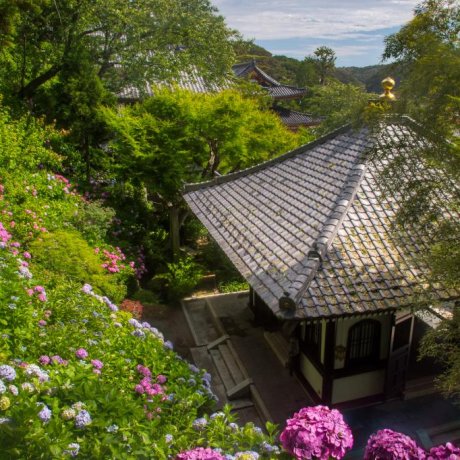 10
10
Hase-dera Temple should be high on your list if you plan to visit Kamakura. Located very close to the ocean, it features a nice..
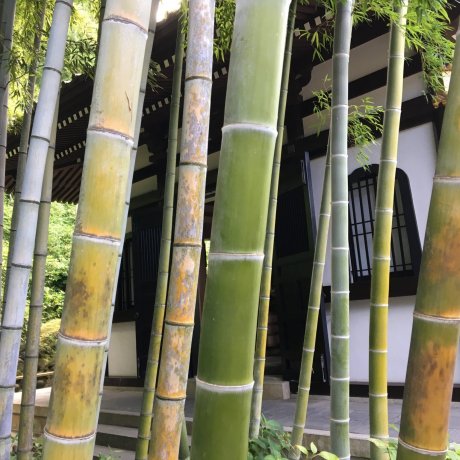
This is an account of a short trip to Hasedera of Kamukara in the summer. Among other things, the traveler discovers Kakigara Inari..
 16
16
From mid-June to July, there are as many as 25 variations of hydrangeas located at beautiful Hase-dera (長谷寺) Temple in Kama..
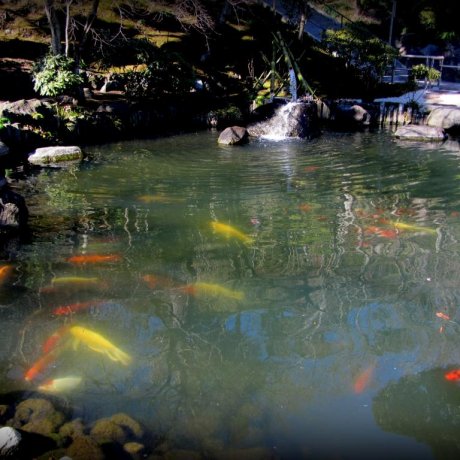 6
6
Though it can be a little chilly, winter is an excellent season to visit Hasedera Temple in Kamakura.
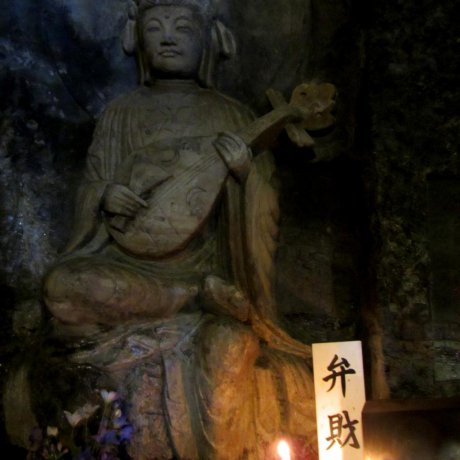 6
6
Benten-kutsu Cave and Benten-do Hall are located in Hase-dera Temple, Kamakura. The entrance to the cave itself is easy to overlook,..
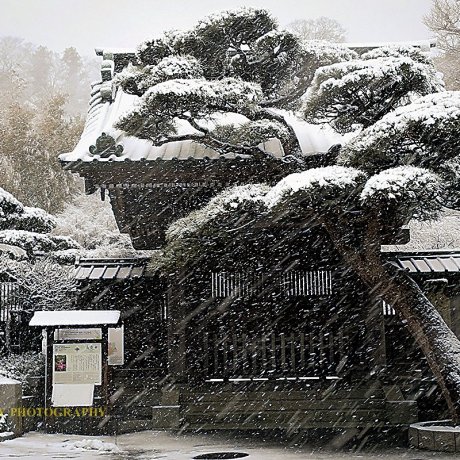 12
12
A brief survey of one of Kamakura's most endearing temples, founded from a log washed up on a beach thirteen hundred years ago...

Taisen-kaku is a 100-year-old inn just seconds away from Hase Kanon Temple. The service they provide will leave you with a memorable..
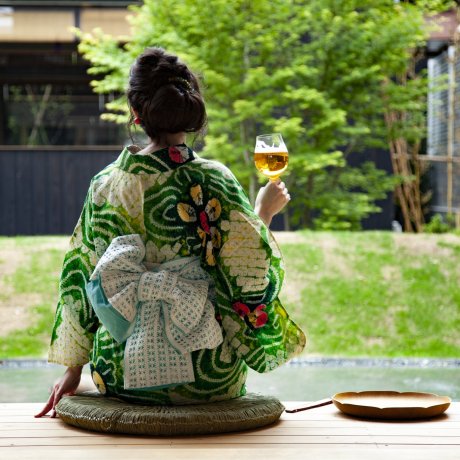
Kishi-ke is traditional, yet modern, Japanese-style inn that aims to connect guests with the present and help them achieve inner..

Enoshima's Iwamoto-ro is a Japanese ryokan inn situated on the right side of the main street, facing west. All of the rooms..
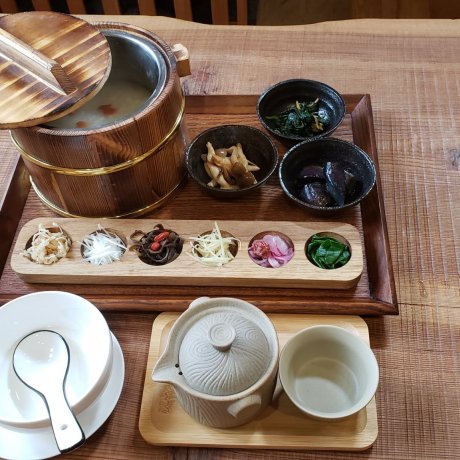
Using animal-free products, brown rice, and locally sourced fresh vegetables, Ki to Toki creates masterful vegetarian meals that are not only delicious..

Discover the taste that Kamakura locals are in love with. New German's fluffy custard-filled sponge cakes are a dessert that is sure to impress. The..

Taste Aratama's famous fried pork cutlet and fall in love with the fresh flavors. Tonkatsu isn't all that's on the menu. Be sure to try Aratama's..

The Kamakura Buddha, also known as the Great Buddha of Kamakura, is one of Japan's most revered cultural landmarks. Located at Kotoku-in, a Buddhist..

Kotoku-in is the more common name for Taiizan Kotoku-in Shojosen-ji in Kamakura, Kanagawa Prefecture. This Jodo-shu Buddhist temple is known for its Daibutsu,..
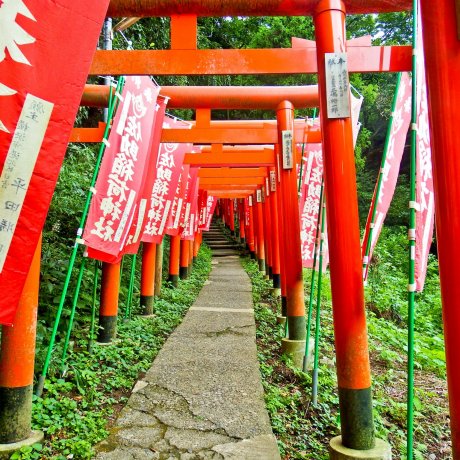
Sasuke Inari Shrine is a Shinto shrine in Kamakura and the site of the Hidden Village of Kamakura. It is located very near the Zeniarai Benzaiten Ugafuku..
Your feedback has been sent.